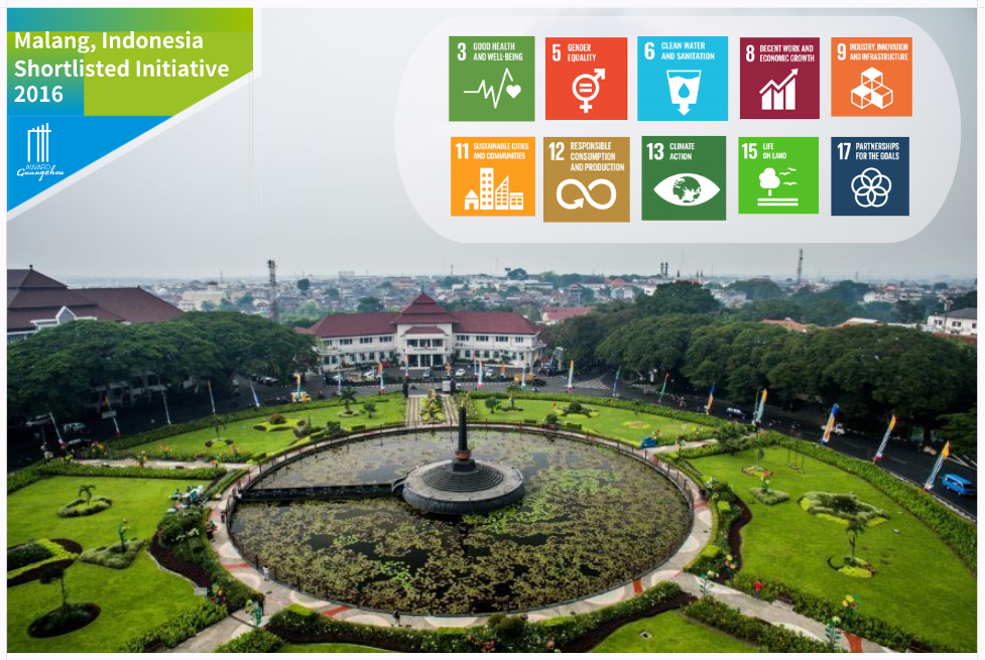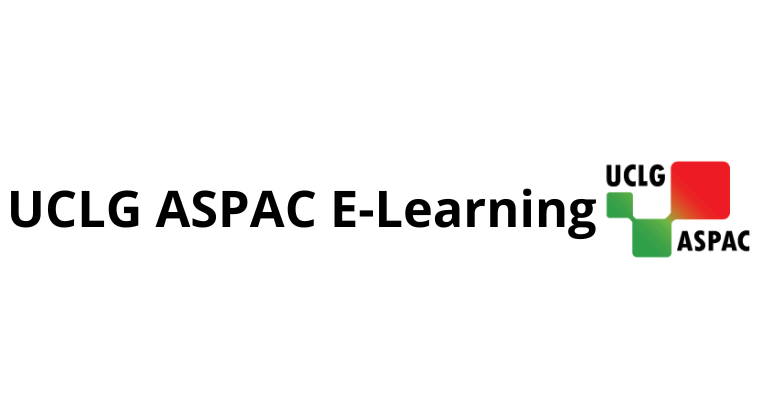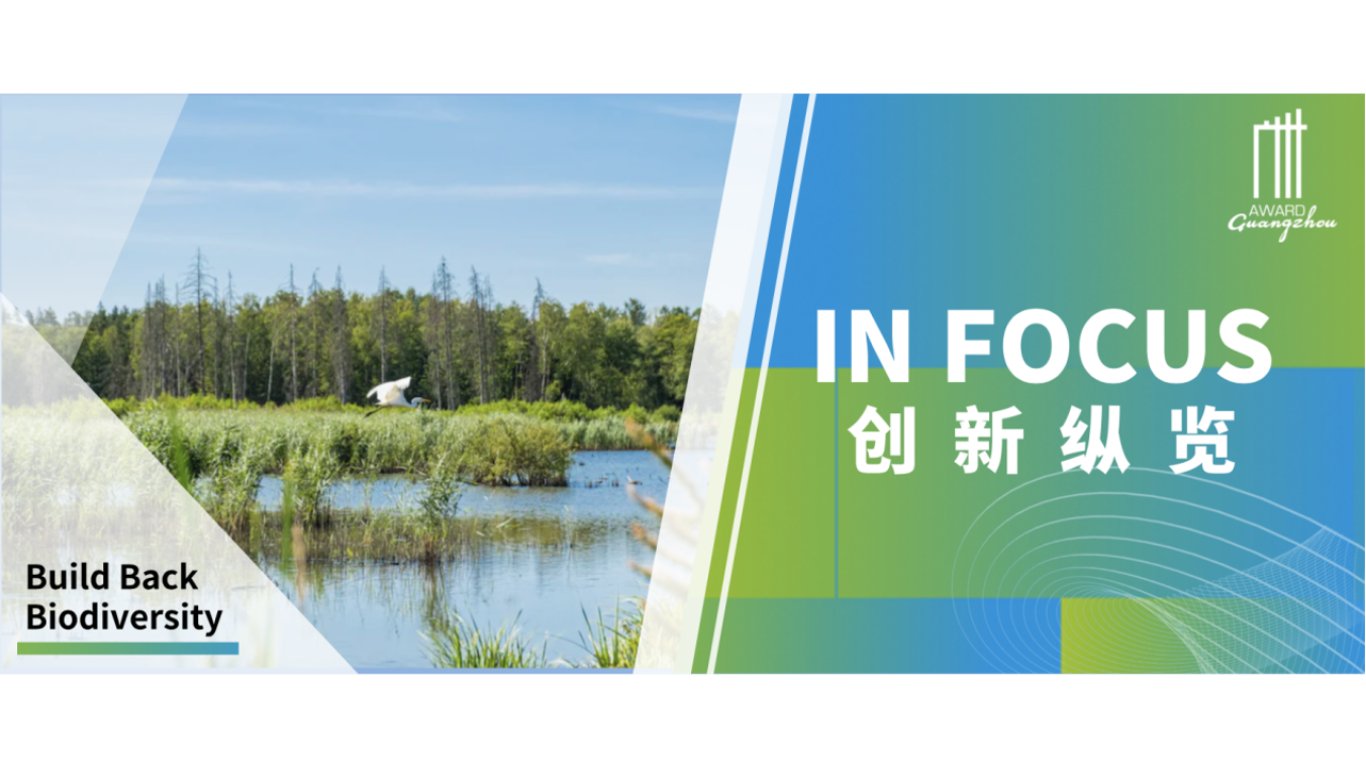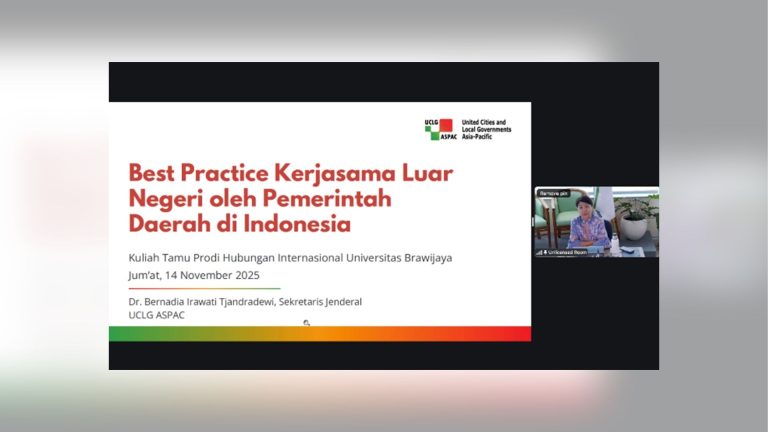May 22, 2023 marks the 23rd International Day for Biological Diversity. This year, it takes the theme “From Agreement to Action: Build Back Biodiversity” which builds on the results of COP 15 — Now that the world has the Kunming-Montreal Global Biodiversity Framework (agreement), the focus must quickly shift to its implementation (action).
Biodiversity, an essential component in maintaining ecological balance and promoting harmonious development between humans and nature, has been greatly challenged by cities’ expansion resulting in, among others, resource scarcity, climate change, and environmental pollution, which pose a threat to global biodiversity. Incorporating global goals for protecting biodiversity into urban planning to achieve sustainable development in cities is, thus, unquestionable. Guangzhou Awards has compiled five innovative initiatives from Asia and the Pacific, and even beyond that incorporate protection and restoration of biodiversity into urban planning and development for cities to learn and replicate.
Malang, Indonesia”Water Banking Movement”, Transforming Glintung Go Green from Flood Risk Area.

“Water Banking Movement” by the “Glintung Go Green” is an initiative led by local community leaders and supported by the government, universities, and other professionals. The goal is to transform the local environment, affected by floods almost every year, into a more livable, environmentally friendly, and flood-resistant community
The initiative involves tree planting and construction of catchment areas next to residential areas in the community, building vertical aerial gardens, launching green tourism projects, distribution of soil for organic food cultivation, and integration of cultural heritage into environmental projects. All are conducted by the residents (main actors) and supported by different stakeholders. Each residential building and road in the community is also connected to the drainage system, which is also redesigned to enhance the water collection capacity of houses and roads. Combined with the enhancement of greenery, the initiative has successfully helped the community to resist flood damage. The large-scale greening has also reduced the local temperature by 2℃, improving the comfort level of the area. Additionally, the underground water reserve has risen by two meters, reducing the depth required for digging wells.
Melbourne, Australia
4°C Cooler – Using Green Infrastructure to Build a Climate-Resilient and Prosperous Melbourne

In 2010, Melbourne proposed “Forest in the City,” an initiative of using green infrastructure to reduce summer temperatures by 4℃. To achieve this goal, the Melbourne City Council appointed a new urban greening and landscape team to develop the “Urban Forest Strategy” and “Open Space Strategy” to double the city’s vegetation cover and increase its permeability. The local government strengthened the city’s green infrastructure by protecting urban forests, increasing green spaces such as parks and greenways, using green roofs and green walls, building rainwater collectors and permeable roads, and increasing waterways and wetlands. The project, valued at USD40 million at that time, greatly promoted the development of green cities and inspired many cities in Australia, including Brisbane, Darwin, and Perth.
Chiang Rai, Thailand
Urban Ecosystem and Biodiversity Conservation Towards Sustainable City and Climate Change Resilience

With the development of commerce and tourism, the expansion of the city of Chiang Rai has led to the continuous reduction of natural resources such as forests, water bodies, and animal habitats. To address these issues, the Chiang Rai city government has implemented the “Improving Urban Ecological Environment and Enhancing Biodiversity” project since 2008.
The project has been committed to restoring and protecting the city’s ecological system diversity, aiming to achieve the ecological balance of its urban, economic, and social development. To achieve this goal, the local government has made changes in several aspects, such as policy, strategy, budget, and public participation. Specifically, their actions include building a low-carbon city, protecting the city’s ecological system, increasing biodiversity to enhance the ability to cope with climate change, and preparing emergency plans to respond to natural disasters. The project has been included in Chiang Rai’s three-year development plan and funds have also been allocated accordingly.
The implementation of this project has led to an increasing involvement of citizens and educational institutions, which demonstrates that the project has not only protected natural resources and biodiversity but has also increased people’s enthusiasm for participation.
Salvador, Brazil
Environmental Recovery Program of the Canabrava Park

Salvador was once covered by a tropical rainforest called the “Atlantic Forest,” which was considered one of the five most important biodiversity hotspots on earth with important global carbon sequestration functions. However, urbanisation and unsustainable economic development of Salvador led to excessive deforestation, causing decrease in green areas, river redirection, intensified urban heat island effects, and left many wildlife species homeless. Under these circumstances, the “Atlantic Forest Capital City” project was launched.
The project aimed to increase urban green areas by distributing local tree seedlings and planting them in schools, parks, and squares, and creating ecological corridors. In addition, there were environmental education activities, such as promoting environmental and sustainable development education for children and citizens to develop more sustainable living habits. Furthermore, the secretariat took various measures to encourage citizens to plant trees, protect the environment, and strengthen environmental awareness. After five and a half years of implementation, Salvador’s urban green area had significantly increased, and the number of environmentally related start-ups had risen, making it a leading city in environmental protection and climate change mitigation efforts.
Curridabat, Costa Rica
Sweet City

The city of Curridabat is in the central valley of Costa Rica, surrounded by several important biological corridors. As the city continues to develop and the population grows, the conflict between urbanisation and nature intensifies, and the contact between citizens and nature and other living creatures becomes increasingly rare.
To create a biologically diverse, comfortable, clean, peaceful, and more orderly urban environment, the cityhas taken various measures, such as reintroducing multiple plant species that were once replaced by a single species, promoting the importance of harmonious interaction with nature, enhancing the community’s micro-land management capacity, integrating urban planning and design into the community’s culture, and adjusting infrastructure to adapt to biodiversity. Among them, the “Sweet City” practice project installs or consolidates natural conservation as an urban activity, specifically through the increase in the number and variety of pollinators and providing a favorable environment for them.
This initiative has not only brought beauty to the people of Curridabat, but also created better “performing conditions” for pollination and thus a more bio-diverse, comfortable, clean, peaceful, and colorful urban environment.











